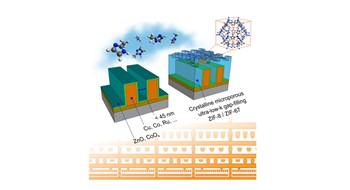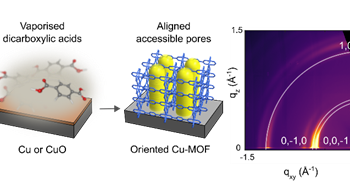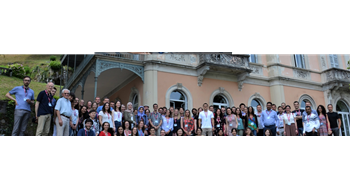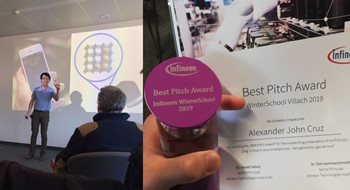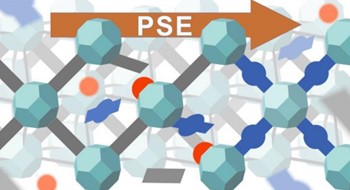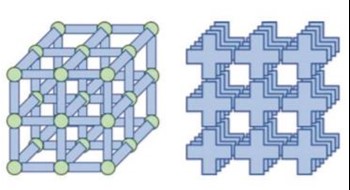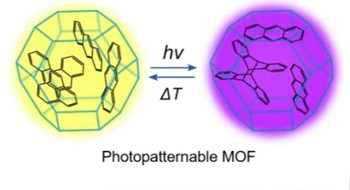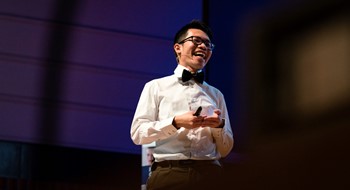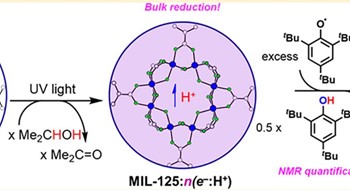
Our collaborative effort with the group of Dirk De Vos and James Mayer focused on proton-coupled electron transfer in MOFs:
Stoichiometric proton-coupled electron transfer (PCET) reactions of the metal–organic framework (MOF) MIL-125, Ti8O8(OH)4(bdc)6 (bdc = terephthalate), are described. In the presence of UV light and 2-propanol, MIL-125 was photoreduced to a maximum of 2(e–/H+) per Ti8 node. This stoichiometry was shown by subsequent titration of the photoreduced material with the 2,4,6-tri-tert-butylphenoxyl radical. This reaction occurred by PCET to give the corresponding phenol and the original, oxidized MOF. The high level of charging, and the independence of charging amount with particle size of the MOF samples, shows that the MOF was photocharged throughout the bulk and not only at the surface. NMR studies showed that the product phenol is too large to fit in the pores, so the phenoxyl reaction must have occurred at the surface. Attempts to oxidize photoreduced MIL-125 with pure electron acceptors resulted in multiple products, underscoring the importance of removing e– and H+ together. Our results require that the e– and H+ stored within the MOF architecture must both be mobile to transfer to the surface for reaction. Analogous studies on the soluble cluster Ti8O8(OOCtBu)16 support the notion that reduction occurs at the Ti8 MOF nodes and furthermore that this reduction occurs via e–/H+ (H-atom) equivalents. The soluble cluster also suggests degradation pathways for the MOFs under extended irradiation. The methods described are a facile characterization technique to study redox-active materials and should be broadly applicable to, for example, porous materials like MOFs.
